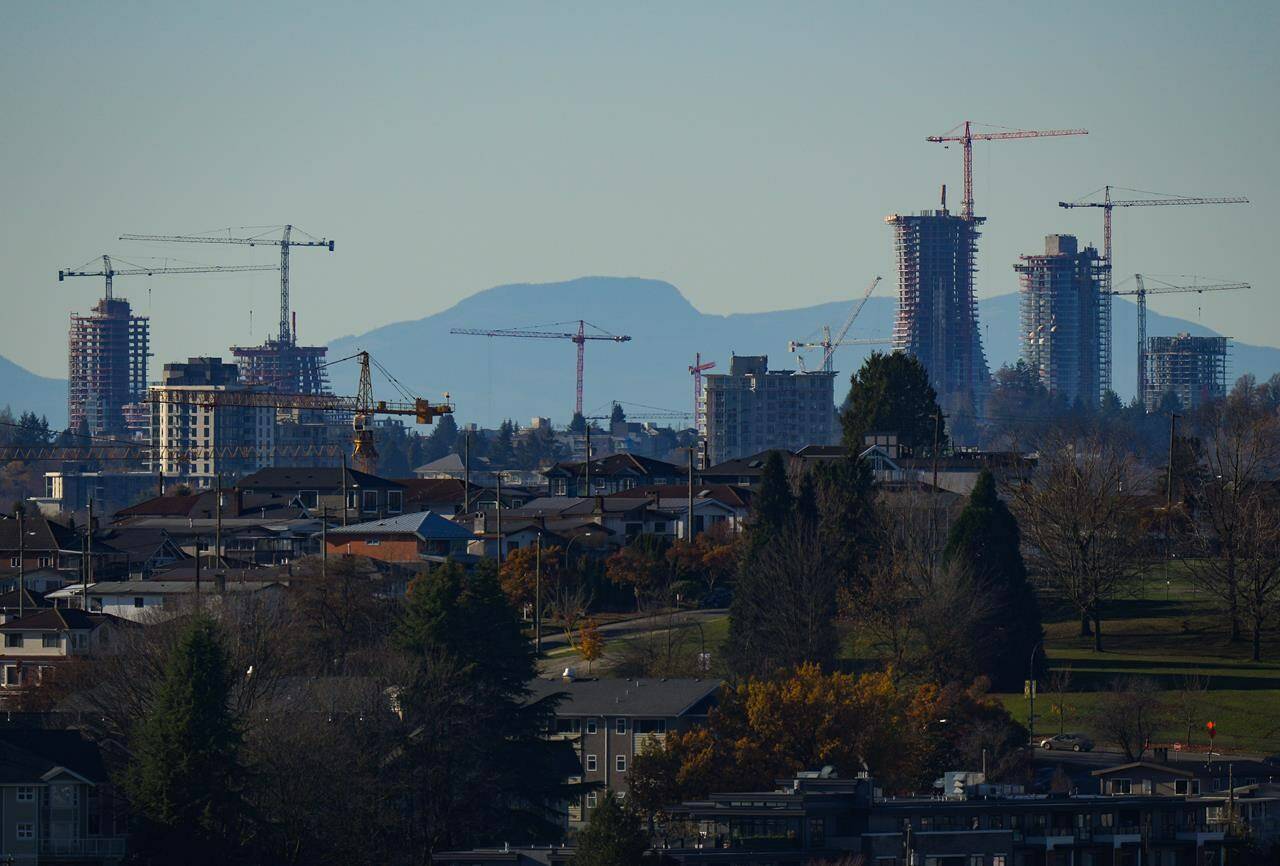As British Columbians prepare for rising temperatures later this month, experts consider air conditioners among the most effective ways to reduce heat-related deaths.
But a recent study from Statistics Canada finds just one in three B.C. households (32 per cent) has access to air conditioning — the lowest rate in Canada. That rate is even lower among certain groups, including racialized British Columbians, British Columbians who rent, and low-income British Columbians.
The study says B.C.’s low rate reflects what it calls the province’s more “moderate climate” compared to other provinces with more humid climates like Ontario and Quebec. In Ontario, 85 per cent of households had access to air conditioning, in Quebec 58 per cent.
But B.C.’s heat dome event of 2021 (June 25 to July 1) responsible for 619 heat-related deaths and the prospect of more such events in the face of the climate change has intensified research into the effects and prevalence of air conditioning.
The 2023 study links health data with socio-economic and energy use data. It finds air conditioning rates among certain groups well below B.C.’s overall rate.
According to the study, less than 18 per cent of racialized British Columbians had access to air conditioning. Access rates rose to 24.2 per cent among British Columbians who do not own homes — renters — and 24.8 per cent among low-income British Columbians.
RELATED: B.C. expands program to provide air conditioners with additional $20M
The report also looks at four subsets of heat-vulnerable populations: older adults; older adults living alone; older adults with reduced ability to regulate internal temperature; and older adults living alone with reduced ability to regulate internal temperature. In their cases, air conditioning rates “were not significantly different” from B.C.’s overall rate.
According to the 2023 study, most of the 619 people who died in 2021 were older adults living alone with at least one health condition. According to the 2022 death review panel, the “majority of those who died lacked access to cooling or ventilation, and were often living in areas of higher material and social deprivation.”
In response, government improved access to air conditioning. Moves include new or upgraded air conditioning units in long-term care homes; the purchase of portable air conditioning units and changes in regulations that had previously limited air conditioning in rental housing.
The most prominent program is the income-based Free Portable Air Conditioner program. It started in 2023 with the province making $10 million available to B.C. Hydro to provide 6,000 free air-conditioning units. The province last week upped its contribution by $20 million to make 19,000 more units available.
RELATED: Heat dome deemed deadliest and among costliest disasters in B.C. history: report
The report from Statistics Canada finds considerable regional variations when it comes to air conditioning access.
While 84 per cent of households in Kelowna have air conditioning, the rate drops to 26 per cent in Vancouver and 19 per cent in Victoria. Experts have long warned that dense urban areas are more likely to experience higher temperatures because of the “heat island effect” trapping heat in concrete surfaces and buildings.
A 2023 report by the Canadian Climate Institute commissioned by the provincial government warns of 1,370 heat-related deaths and 6,000 hospitalizations each year by 2030 unless B.C. improves its health and energy infrastructure.
Health Minister Adrian Dix last week said the province is the midst of the largest hospital building program in B.C.’s history. He also pointed to additional investments in long-term facilities and more specific projects aimed at improving access to air conditioning.
“We are building and responding and ensuring that facilities are in place,” he said.

